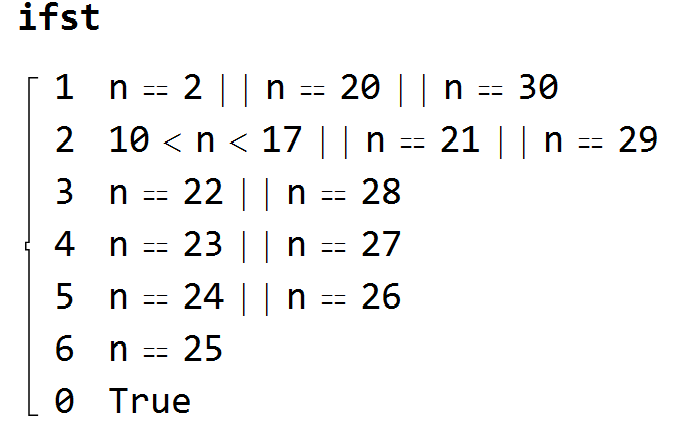The function InverseFourierSequenceTransform returns a Piecewise function. The display of the values is nice but the values are buried in the representation. I got along by descending the expression tree for the values, but today the expression 10<n<17 showed up - enough duplication of effort. I hope there is a Ma function that converts any Piecewise function into usable form. For a work-around I use pl=DiscretePlot which happily displays the data. In the display object the data points and values are at pl[[1, 1, 1, 1, 2, 1, 1, 2, -1, 1]] from which a SparseArray and then a Normal list are created.
